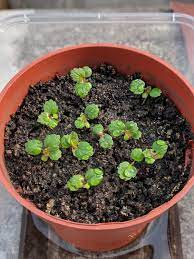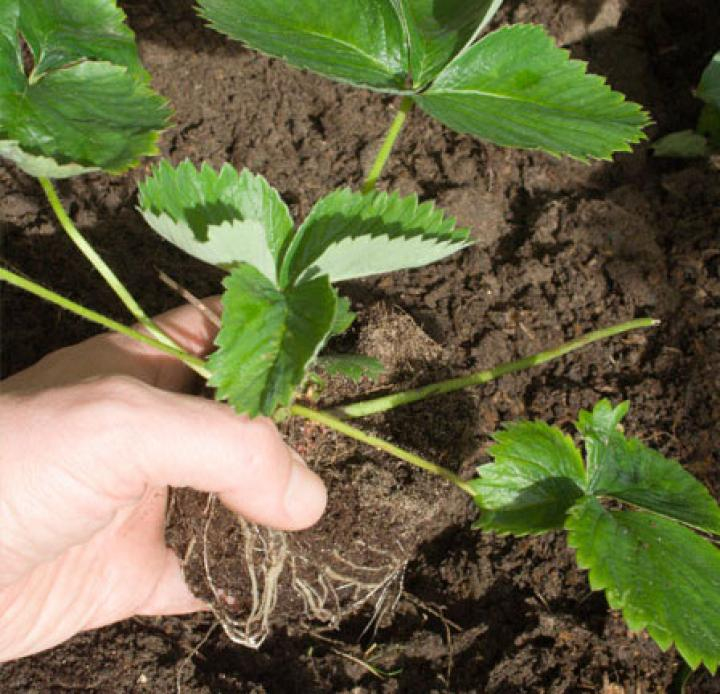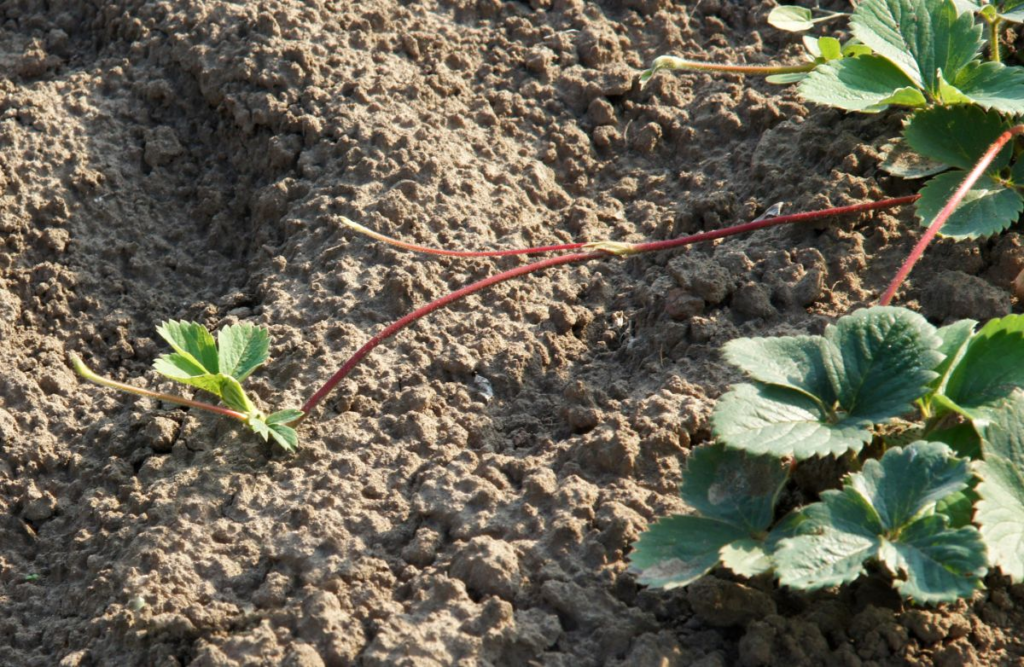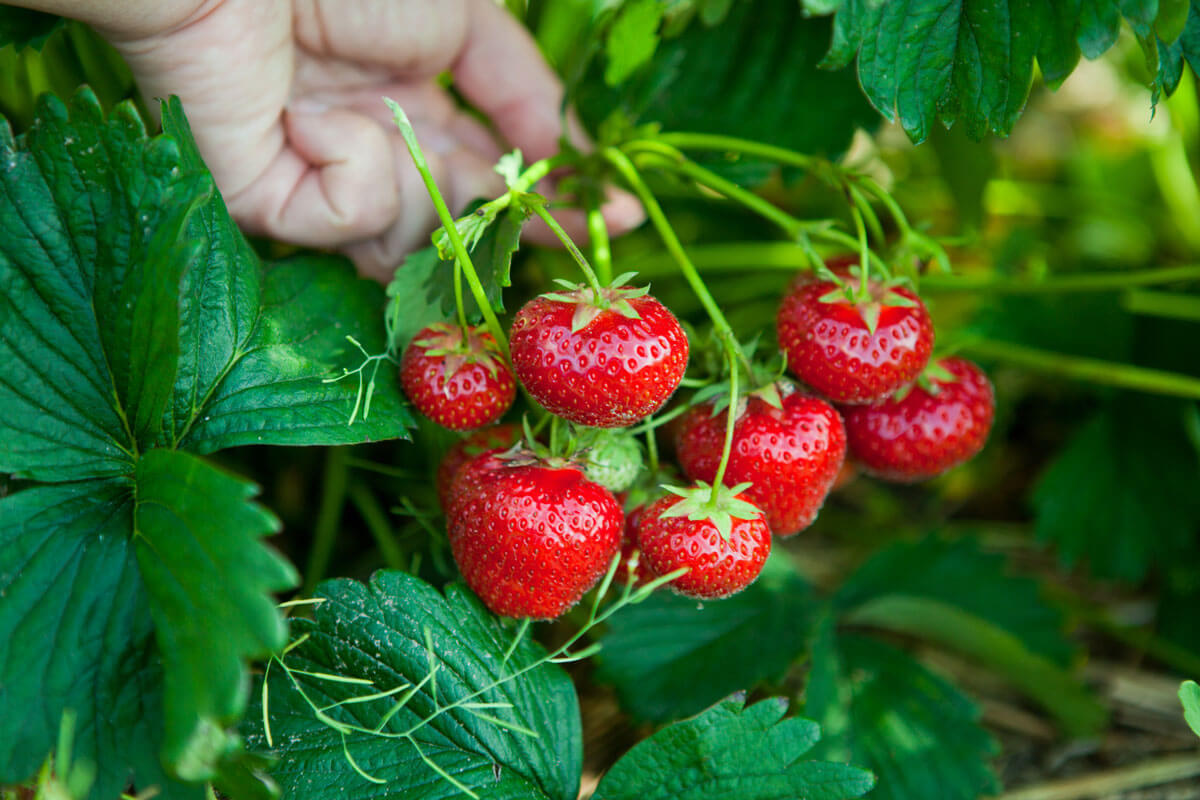What if you could multiply your strawberry crop year after year, for free? It’s possible! By sowing seeds, dividing plants, or, my favorite method, propagating from runners, you can ensure a constant supply of sweet, juicy strawberries season after season. Here’s how to do it.
Growing Strawberries from Seed
Strawberry seeds form on the outside of the berry and can be collected for planting. While growing strawberries from these seeds can be a fun and rewarding project, it requires patience. Keep in mind that modern hybrid varieties often produce seedlings that don’t taste the same as the parent plants. For a more reliable method, consider purchasing a packet of strawberry seeds. While not free, a pack typically contains more seeds than you’ll ever need, making it a low-cost option to start growing strawberries.
Sowing Instructions:
- Plant strawberry seeds in spring.
- Scatter seeds on moist potting mix, covering lightly with more mix.
- Cover the pot with clear plastic to maintain humidity and place it in a warm spot (68-70ºF or 20-21ºC) to germinate.
- Once seedlings reach 2-3 inches, transfer them into individual pots and grow them in a bright location, but out of direct sunlight.
- Gradually acclimatize the plants to outdoor conditions before planting them about a foot apart in the ground or closer in containers.

Propagating by Division
Strawberry plants naturally divide at the crown, producing multiple sections that can be separated and replanted. However, I prefer not to divide plants as it stresses them and may cause damage. Instead, propagating from runners is easier and often more successful.
Propagating from Runners
Strawberries spread naturally through runners, which are long, wiry stems that grow horizontally. These runners form new plants at intervals, making it an efficient way to propagate strawberries. The best part? Plants grown from runners are genetically identical to the mother plant, ensuring they produce the same high-quality fruit.

How to Propagate from Runners:
- In the first year, remove runners before they root to allow the plant to establish itself.
- From the second year onward, you can root the runners to grow new plants. Only propagate from healthy, disease-free plants.
- If you’re expanding a strawberry bed, simply pin the runners into the soil where you want them to root. They’re flexible and easy to direct.
- For new strawberry beds, root runners in small pots with all-purpose potting mix. Use a small rock or a hairpin to secure the runner at the node (the point where roots will develop). Keep the runner moist as it roots.
Caring for Rooted Runners
Once your runners have rooted and are showing signs of growth, it’s time to separate them from the parent plant. Don’t cut them off too soon; wait until the plantlet has strong roots, which may take 3-4 weeks. Once ready, you can transplant the new plant into a sunny, well-drained location.

If you’re propagating later in the summer in colder climates, consider overwintering the seedlings in a greenhouse or cold frame to protect them until spring.
Maintaining Productive Strawberry Plants
Strawberry plants tend to become less productive after three or four years, which is why propagating new plants through runners ensures you’ll always have fresh, healthy plants ready to produce fruit. By regularly replacing aging plants with strong, runner-grown ones, you’ll enjoy a continuous harvest of strawberries, year after year!
By using these techniques, you can expand your strawberry crop and keep your garden filled with delicious, home-grown berries for life. Happy planting!
